|
Written in 2007
My chariot of life draws swiftly on In passing through the land of time, On past the many seasons, stretching years. The joyful times, dressed grand and fine, And sad, in sober hues, all lie behind. The road ahead lies hid in quiet fog. I cannot see the road and yet My horse’s hooves upon the beaten path Methodically plod on through wet And dry, my only thought a lazy fret: So wrapped in rainy time that I forget I am The beneficiary of pain, I wish to spur the horse a bit This chilly day, and in some sunnier lane, By warmth of summer soothed, Draw back the rein.
0 Comments
(Written in 2011)
I'm no ascetic. I like malls and well-dressed shoppers marching their halls. I like crystals and the way light dances in them, then falls. I like a carpeted hall, or a marble one for a crisp footfall. I like for a song to reach for the sky, then plunge down long. I like a rosebush to look very much like a pink overdose. I like my tulips to bloom in waves, And I like waves to foam like clouds, And I like clouds to look like fairyland at Christmastime, I'm no ascetic: that would be pathetic. (Written in 2017)
At midnight, driving home, The pungent sweetness of drying hay On nearby fields, filling the night air, Pulls me back to childhood: Now I'm scrambling into a faded hay loft, Dust like glitter drifting into sunbeams. I'm wiping stray straw off my arm As scruffy barn cats judge my glad exuberance From their dim and quiet corners. This night is dark and quiet too. I breathe the sweetness deeply, Its hints of distant days lingering Like glowing summer warmth that loiters Late into the evening. (Written in 2017)
Upon the forlorn steps, surveying An old estate in deepening gloom, I listless stood, among the silent, towering, Lonely pillars—graceful remnants of some doom. The place was dark (I wanted day), And yet I also wished to wander, For in the dim descending twilight lay What seemed to be a ruin or a garden. A path led down—so long untaken-- The inky sky was starless and half-hid by looming trees; But fresh night breezes, like the rain and roses shaken, Blew, so softly scented with the humid earth and leaves. Descending there, I held aloft a lantern to illumine Full foliage that greenly hedged my way, Their varied tones and patterns gently hinting Of ancient gardeners pruning for today. My smooth-stoned path seemed not to wander, But curved intently toward a further place, But I, uncertain, stopped instead to ponder, And found the night had filled my heart with peace. So long wrapped up in stillness that I too Had finally been stilled, with lightened eyes, I turned to search the shadows for the flowers That silently perfumed my paradise. (Written in 2010)
It's a lonely, quiet world; It's a silent, empty place. Most days so far have been to me Soft rain upon my face. Like the silence just before the dawn, Like winter waits for spring, You know it comes, but oh so long You wait, just listening. It's a lonely quiet world, But I am full of peace. The soft grey rain feels sad, and yet, Refreshing on my face. Sometimes the greyest place is best To learn to live in joy. I wouldn't bother singing If my world were full of noise. So I'll let this silence be my space To wander for a season, And if, in such an empty place, I find compelling reason For joy and strength and peace of mind, Such joie de vivre will render This silent time a gentle spring For sowing later splendour. (Written October 2, 2007)
I pouted through the problem; I dragged my feet and whined. And now, the river forded, I stand and look behind. I don't know why I didn't face The challenge with a grin; I should have just been cheerful Since I always meant to win. So here, a little wiser, I hand you my advice: If you are served a challenge, Eat heartily each slice. (Written March, 14, 2005; I later discovered the term synaesthesia, which describes the mental function of involuntarily merging sensory experiences.) Listen to the rainbow: the dainty notes are flung And scattered high upon the air - refracted - bent among, Until a thrilling misty bow upon cloud turrets hung Comes streaming down in liquid throng one clear cascading song. The stirring tones of poetry, luxurious and grand, Resounded like the thunder's growl that rolled across the land, And the blossoms of the apple trees, each faintly blushing spray, I felt again upon my cheeks as winds that softly play. 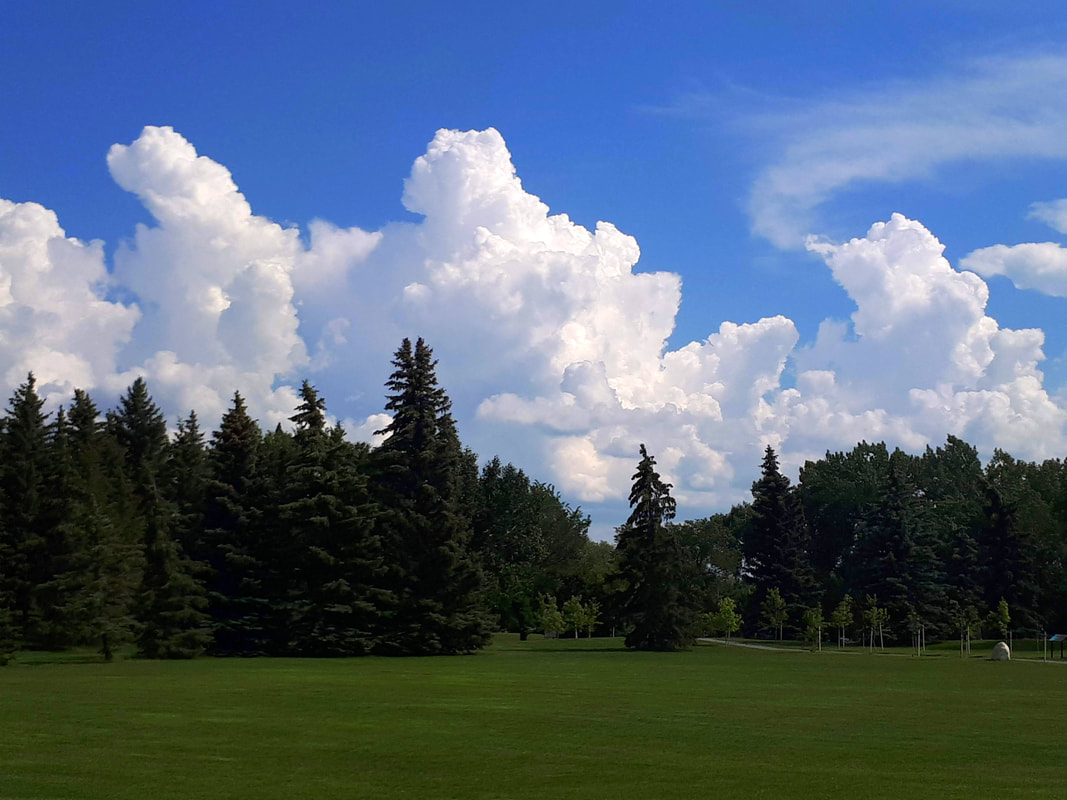 Energy is the ability to do work. Examples of physical energy include electricity, heat, light, and sound; but energy can also be metaphysical. Ideas are forces, impelling us to action. Love insists that we do good to the people we love. Fear tells us that the object of our fear will destroy us, and self-interest demands that we separate from whatever might destroy us. Internal energy, in the form of ideas, emotions, and relational needs, is difficult to resist, or even understand. What sparks creative energy? – I don’t know if it is possible to categorize inspiration, but I know that I am inspired by two things: practical truth and magnificent design. I get excited when ideas work, when colours match, when sounds harmonize. Controlled grandeur is fascinating: a high hillside of fresh-cut, windrowed hay, a long, even slope of clouds, tall trees, perfect curves in shells, and rows of tidy homes on carefully manicured streets. Nature and society often freely order themselves into patterns, whether aesthetic or active, and each pattern calls to me like light flashes in a gem. Birds predictably build nests, and I watch. Patterns collect and echo in my memory, finally tumbling out in paintings. It’s as though the healthy patterns in nature and society—the cycles of action that predictably succeed—are delightful, self-charging units of energy, which, as I watch them, make me feel alive, excited, and energetic. Functional and aesthetic harmony fuel my mind. What fuels you? My goal is to depict what is beautiful, and to portray peace, drawing the viewer into the long hours of a summer afternoon, the overwhelming magnitude of the Canadian Rockies, the luxurious depths of a velvet rose, or the quiet watchfulness of everyday farm animals. My artistic training began at age five, when my older sister completed a house drawing that much improved on my usual style, by approaching the house at an angle rather than just the front. I was fascinated with the simplicity of realism; and saw that with practice, I could depict images on ordinary paper which would jump off the page, or recede into the distance. My early sketches were often awkward, but occasionally pleasantly proportionate; and I decided drawing was like math—I needed to discover the formula. The patterns in nature were common denominators. Light made visual paths that the eye inevitably followed. Shadows intrigued and queried the viewer. Curves were comforting. Repeated lines emphasized each other like increasing echoes. In adolescence, I had a private drawing tutor whose method was simply to continually ask, “Are you really finished?” She watched me draw, and told stories, and laughed so much that drawing became the highlight of my week, despite the emphasis on patient perfection. In my mid-teens, I began painting without guidance, struggling and frustrated until I thought of examining famous artwork for the brushstrokes. The town library offered treasures of art history; I attempted to memorize every major artist until the impressionists. Vermeer and Rembrandt delighted me with their use of shadows and spaces, and the English landscape paintings were warm and dreamy. I had no use for modern art until I encountered Georgia O’Keefe, and suddenly understood how abstract lines can trigger distinct memories. As I reached adulthood, however, I lost interest, even as others began asking for my work. I didn’t mind painting for others, but my own art felt endless and pointless. Eventually, I decided to change my approach: instead of calculating the zones of my painting, determining the important objects and details, and completing the painting in a logical manner, I would simply focus on light and colour, and allow my instinctive feel for composition to play out. Details should come second to atmosphere. To quote Jackson Pollock: “It doesn’t make much difference how the paint is put on, as long as something has been said.” My process is to ask “what comes next?”—and something always comes to mind. Modern art is distinguished from older styles as internally birthed rather than externally inspired, but what I appreciate in my surroundings is that which harmonizes with my deepest understanding of what is good and true. In this sense, my art rises from within me, but then finds colour, form and texture in what I see. I never intended to be a professional artist (I get strange looks whenever I say this), but chronic illness precluded my other plans, so I have been painting and teaching art privately since my late teens. My lack of an arts degree also causes the occasional raised eyebrow, but entails that I approach art with the openness of an amateur. Every painting is a potential disaster, which I still confidently assume will be appreciated by others. Beauty, however, is not the special territory of artists—it can be understood by anyone. The ingenuity of others is the foundation of custom art, using the artist’s technical skill to depict the inspiration of the non-artistic client. My custom artwork includes antique tractors, stormy nights, beloved pets, and imaginary worlds—things that are meaningful to each client. Custom work is the artist’s opportunity to see the world through another’s eyes, by painting what they love most. I am artistically indebted to my customers; without them, I would remain within the ideas I personally enjoy most; instead, I have tackled a wide range of subjects, styles, and compositions. The most exciting words to hear are, “So, would you be able to paint…” And the answer is, “Yes, I believe so; I can certainly try!” |
Danielle GrisnichArtist and Purveyor of Endless Possibilities Archives
August 2022
Categories |
Proudly powered by Weebly

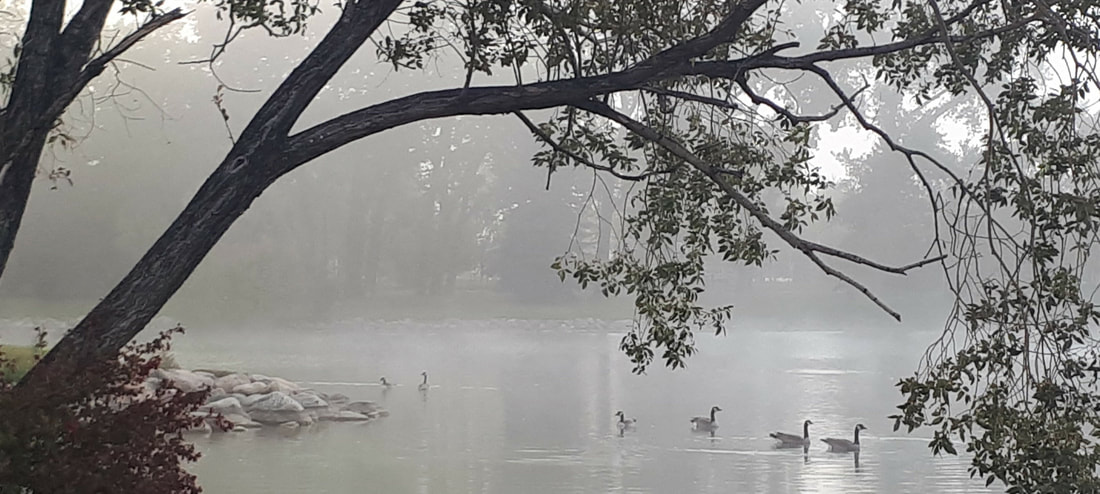
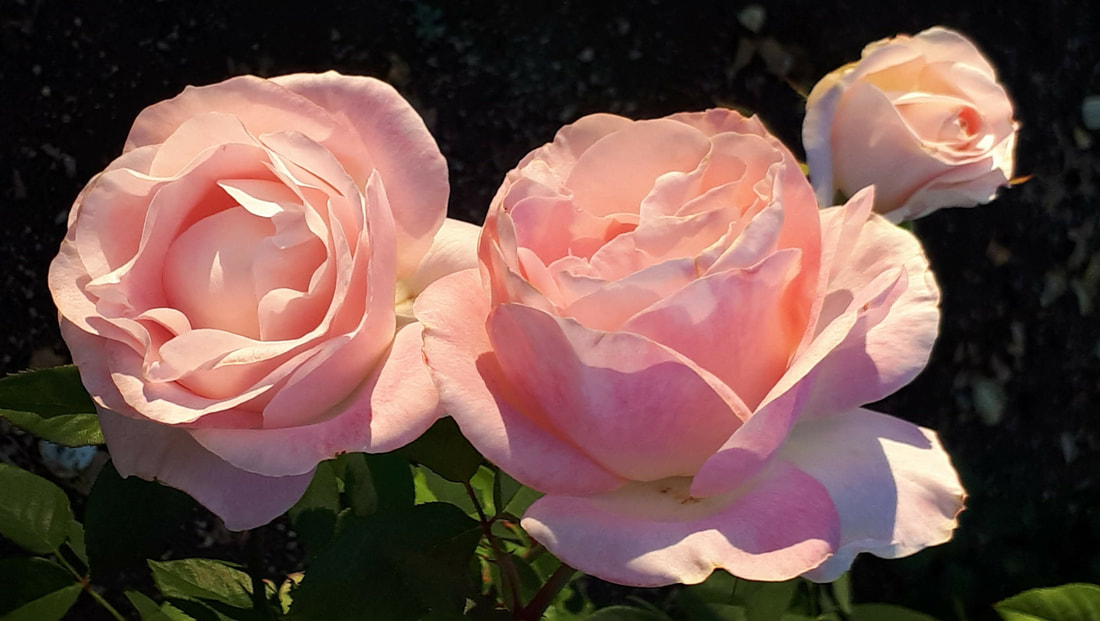
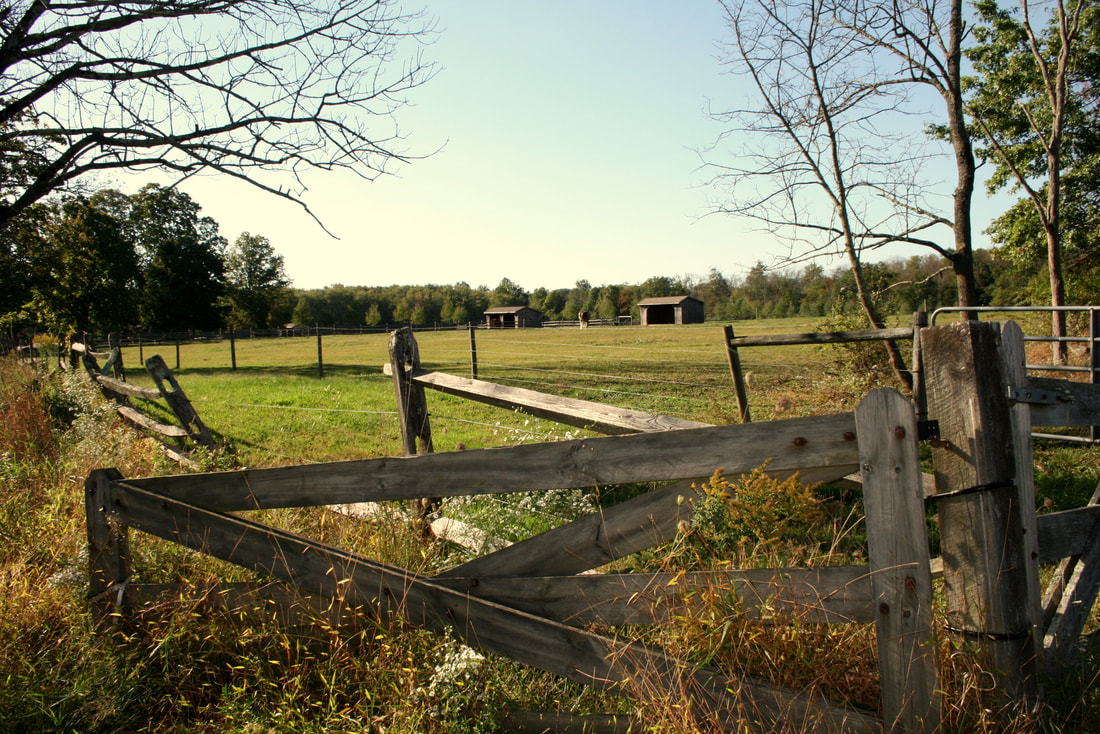
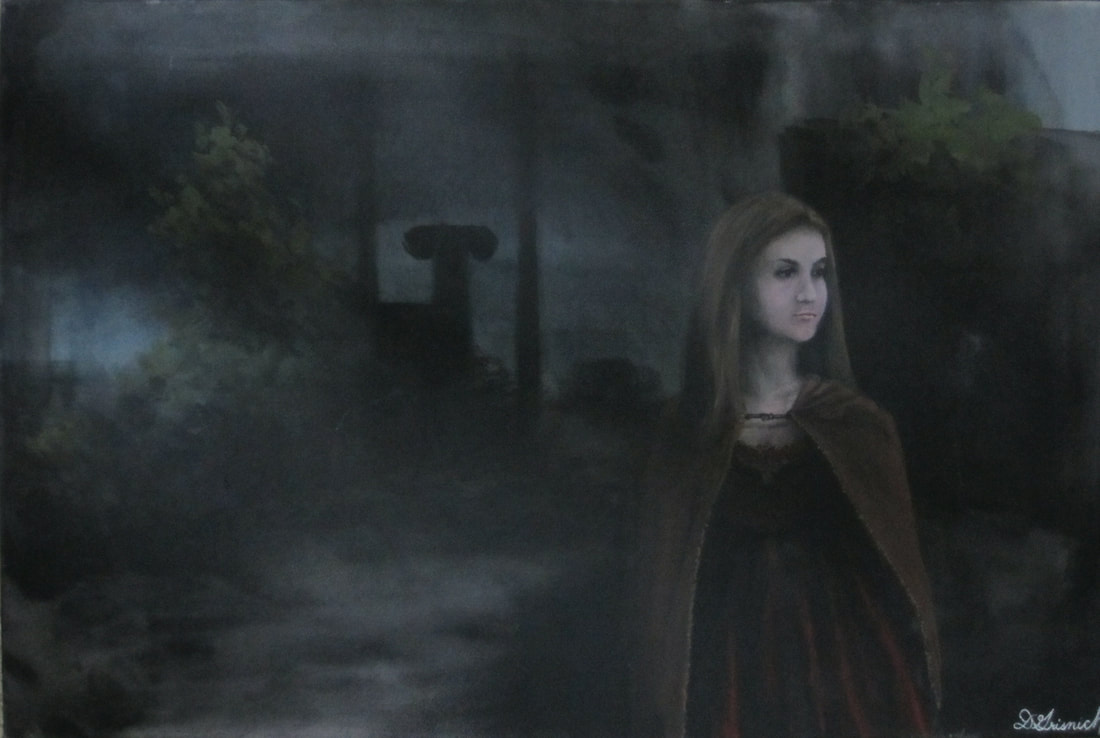
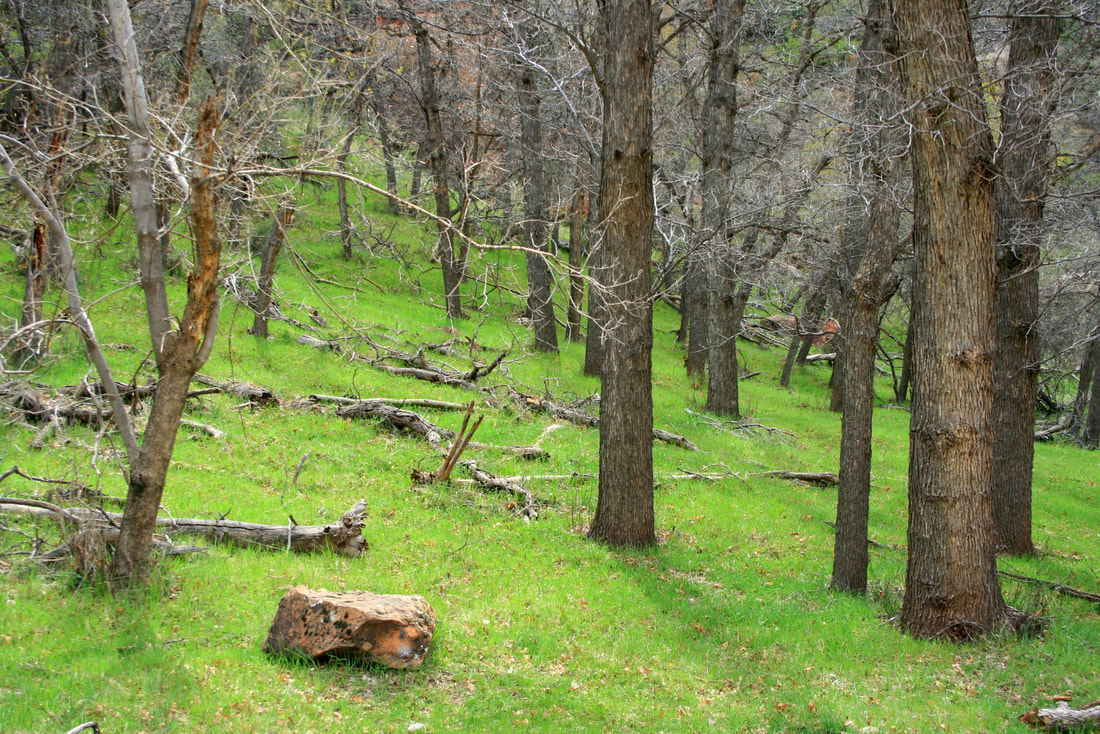
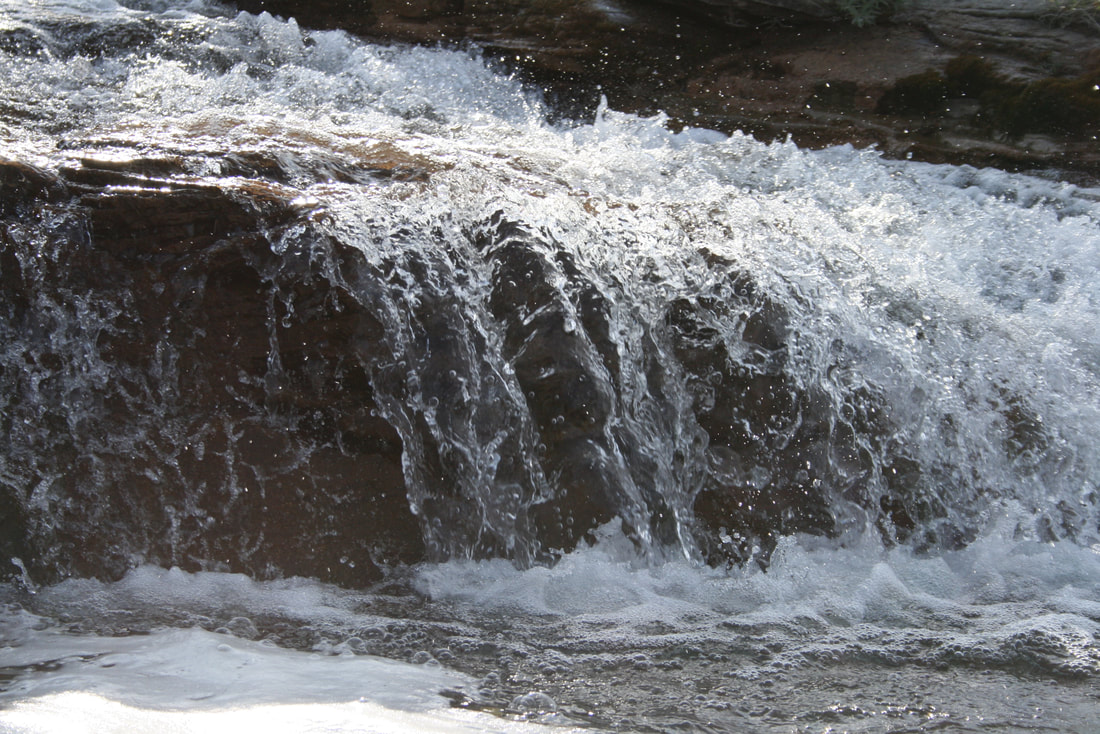
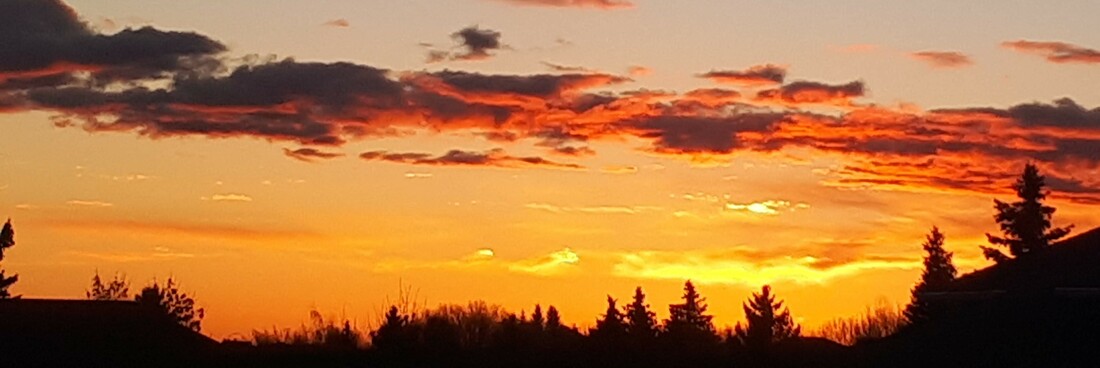
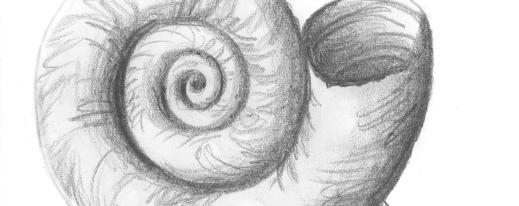
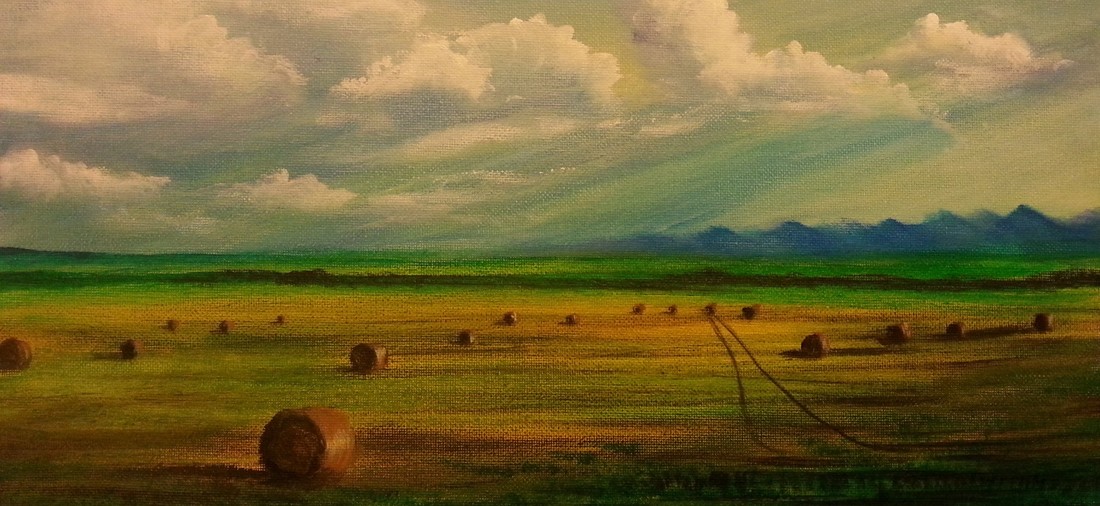
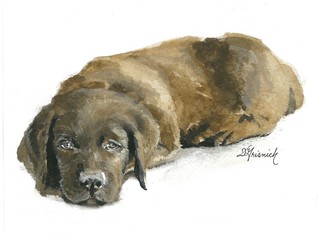
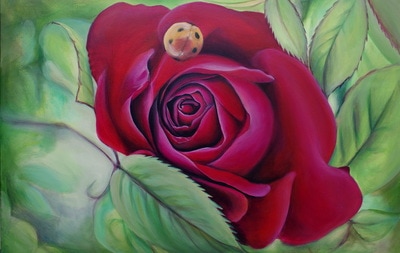
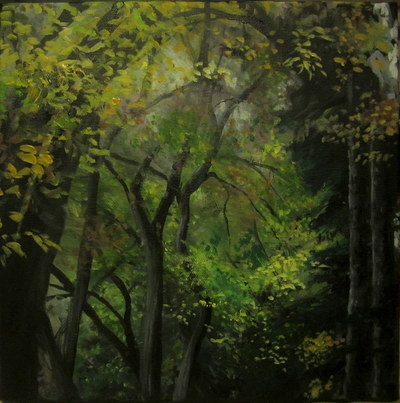
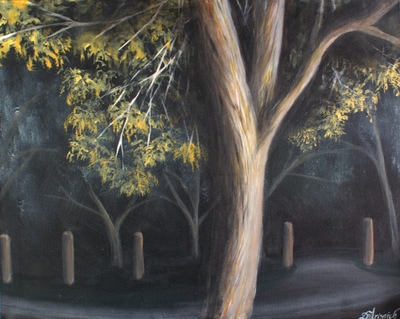
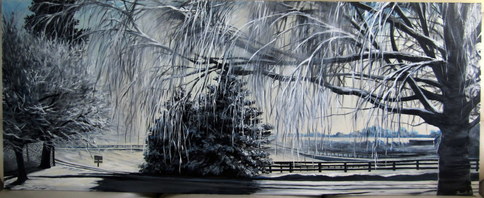
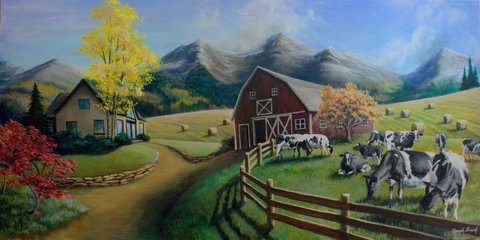
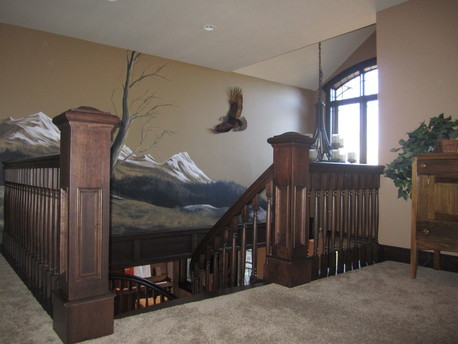
 RSS Feed
RSS Feed